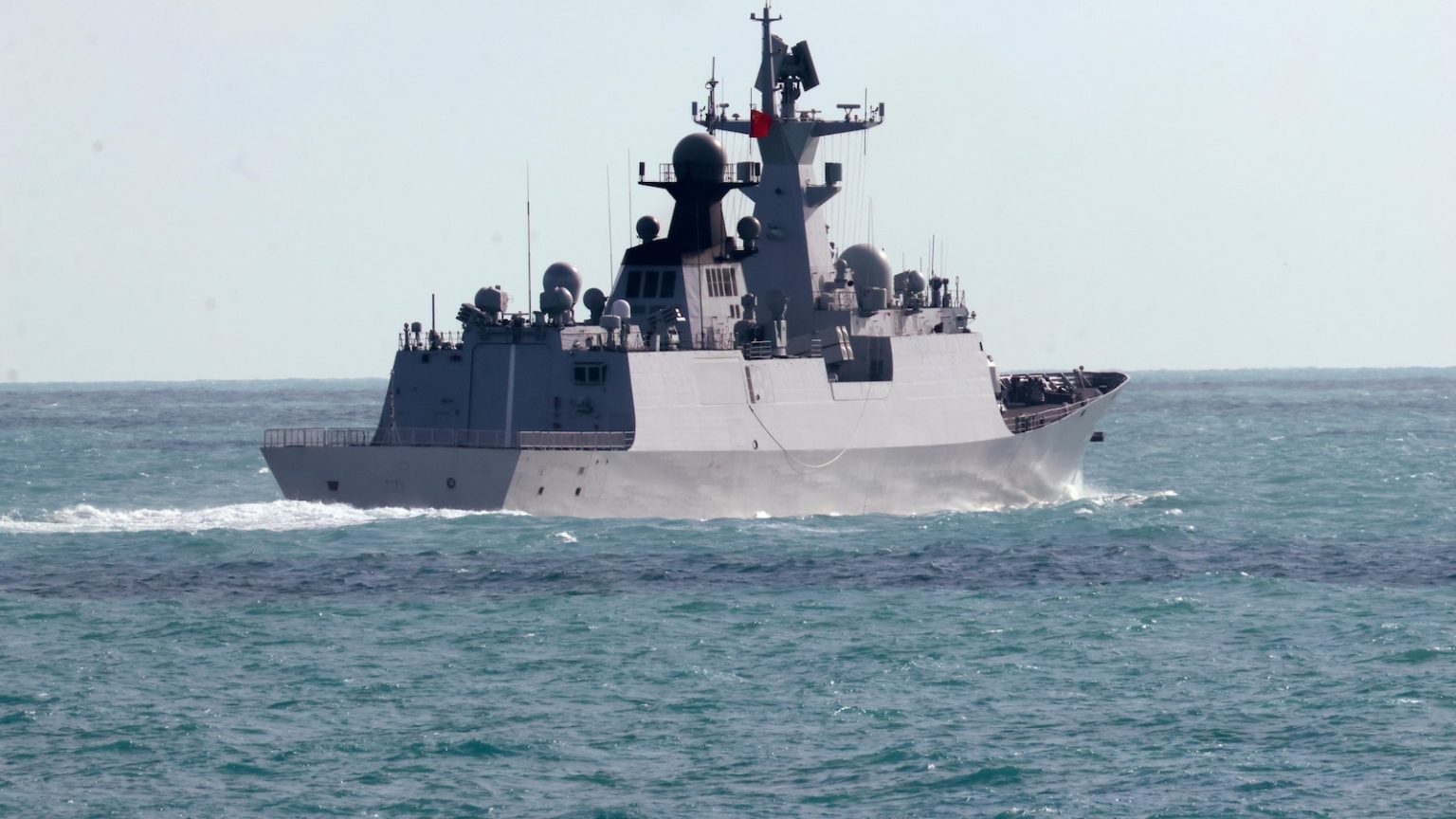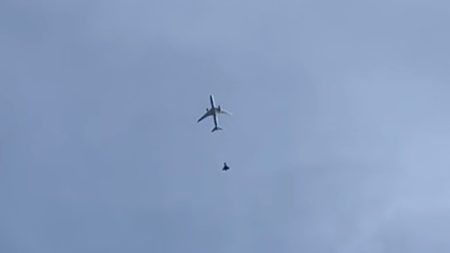Unusual Chinese Naval Movement Sparks Attention in Australia and New Zealand
In a notable development, three Chinese warships have been observed moving unusually far south along Australia’s east coast, sparking curiosity and caution among Australian and New Zealand defense officials. The vessels, identified as the frigate Hengyang, the cruiser Zunyi, and the replenishment vessel Weishanhu, were first tracked as they passed through Southeast Asia and the Coral Sea before approaching Australia’s exclusive economic zone (EEZ). Australian Defense Minister Richard Marles confirmed that the ships were “off the east coast of Australia,” while defense officials declined to comment on a Financial Times report suggesting the task group was approximately 150 nautical miles (278 kilometers) east of Sydney. Marles emphasized that while the movement was not unprecedented, it was certainly unusual and warranted close monitoring.
Australia’s Prudent Response to the Chinese Naval Presence
The Australian military has been actively monitoring the Chinese ships’ movements, which are taking place in international waters within Australia’s EEZ. Marles noted that while the Chinese ships have the right to operate in these waters, Australia has a responsibility to be vigilant and assess the situation carefully. “They’re entitled to be where they are; Australia is also entitled to be prudent and we are monitoring very closely what the activities of the task group are,” he stated. The Defense Minister also indicated that a full assessment of the Chinese mission would be conducted once the task group’s activities were concluded. Meanwhile, the Australian government has engaged with neighboring Papua New Guinea, as the Chinese ships passed near its coast en route to Australia’s EEZ.
New Zealand Joins Australia in Monitoring the Chinese Fleet
New Zealand has also been closely monitoring the movements of the Chinese warships, with Defense Minister Judith Collins stating that her country is working in coordination with Australia. Collins noted that the Chinese government had not provided any explanation for the deployment or its objectives, saying, “We have not been informed by the Chinese government why this task group has been deployed into our region, and we have not been informed what its future plans are.” While Collins did not elaborate on the specific measures New Zealand’s military would take, she underscored that the situation would continue to be closely watched. The collaboration between Australia and New Zealand reflects the shared concern over the unusual nature of the deployment.
China’s Silence on the Naval Deployment
Despite the attention the movement of the Chinese warships has garnered, Beijing has not provided any official clarification on the mission. At a media briefing in Beijing, Chinese Foreign Ministry spokesperson Guo Jiakun claimed he was unaware of the situation, while the Chinese Embassy in Australia did not respond to requests for comment. This lack of communication has only added to the speculation surrounding the purpose of the deployment. Analysts suggest that the movement could be part of a broader strategy by China to demonstrate its growing naval capabilities and project power in the Indo-Pacific region.
Expert Insights on the Strategic Implications
Jennifer Parker, an expert associate at Australia’s National Security College and a former Australian naval officer, observed that Chinese warships rarely venture as far south as they have in this instance. She described the deployment as part of a broader pattern of power projection by the People’s Liberation Army Navy (PLA-Navy) and noted that such activities are likely to become more common in the Pacific and Indian Oceans. Parker also speculated that the timing of the deployment, coinciding with a visit by U.S. Indo-Pacific Command head Adm. Samuel Paparo, was likely coincidental, given the long-planned nature of such naval operations. She emphasized that the primary goal of the deployment appears to be a demonstration of China’s capability to operate in Australia’s maritime domain.
A Delicate Balance in Australia-China Relations
While the presence of Chinese warships near Australia has raised eyebrows, Prime Minister Anthony Albanese sought to downplay concerns, stating, “The Chinese naval ships are complying with international law, but as we do, we are monitoring the situation and observing what is going on, as you would expect.” This measured response reflects the complex nature of Australia-China relations, which have seen improvements in diplomatic and trade ties in recent years, even as military relations remain tense. The situation is further complicated by recent incidents, such as a reported unsafe interaction between a Chinese fighter jet and an Australian surveillance plane over the South China Sea. While China accused Australia of intruding into disputed airspace, Australia described the incident as endangering its personnel. As the Chinese warships continue their mission, the region remains a focal point for strategic competition and diplomacy.















